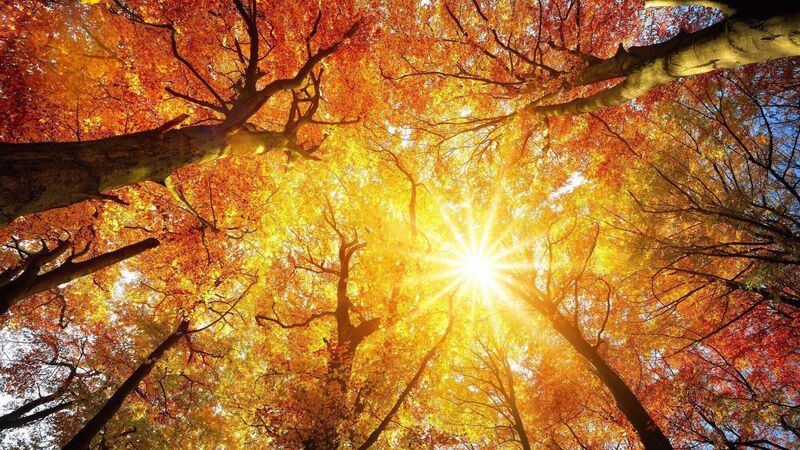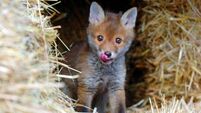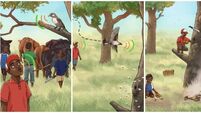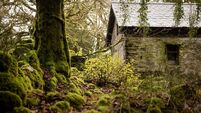Anja Murray: Public land is the low-hanging fruit for nature restoration

Anja Murray: "The Nature Restoration Law is a pan-European law designed specifically to require member states to restore the functioning of key ecosystems such as native woodlands, rivers and peatlands."
Wild, native woodlands are the ecological climax of Ireland's land and climate. Their layers support richly textured lichens, mosses, and ferns, and are crowded with hundreds of different species of wild bee, hoverfly, shield bug, butterfly, moth and ants — each adapted to the particularities of their ecological niche. These in turn support hundreds of birds, from small songbirds to woodpeckers, sparrowhawks and osprey, to name but a few.
Each of these organisms contributes to the ecological functioning of a woodland, which in turn delivers enormous benefits also for climate mitigation and adaptation; water quality and landscape. And yet, less than 2% of Ireland’s land area is covered in semi-natural native woodlands, most of which are small, fragmented.








